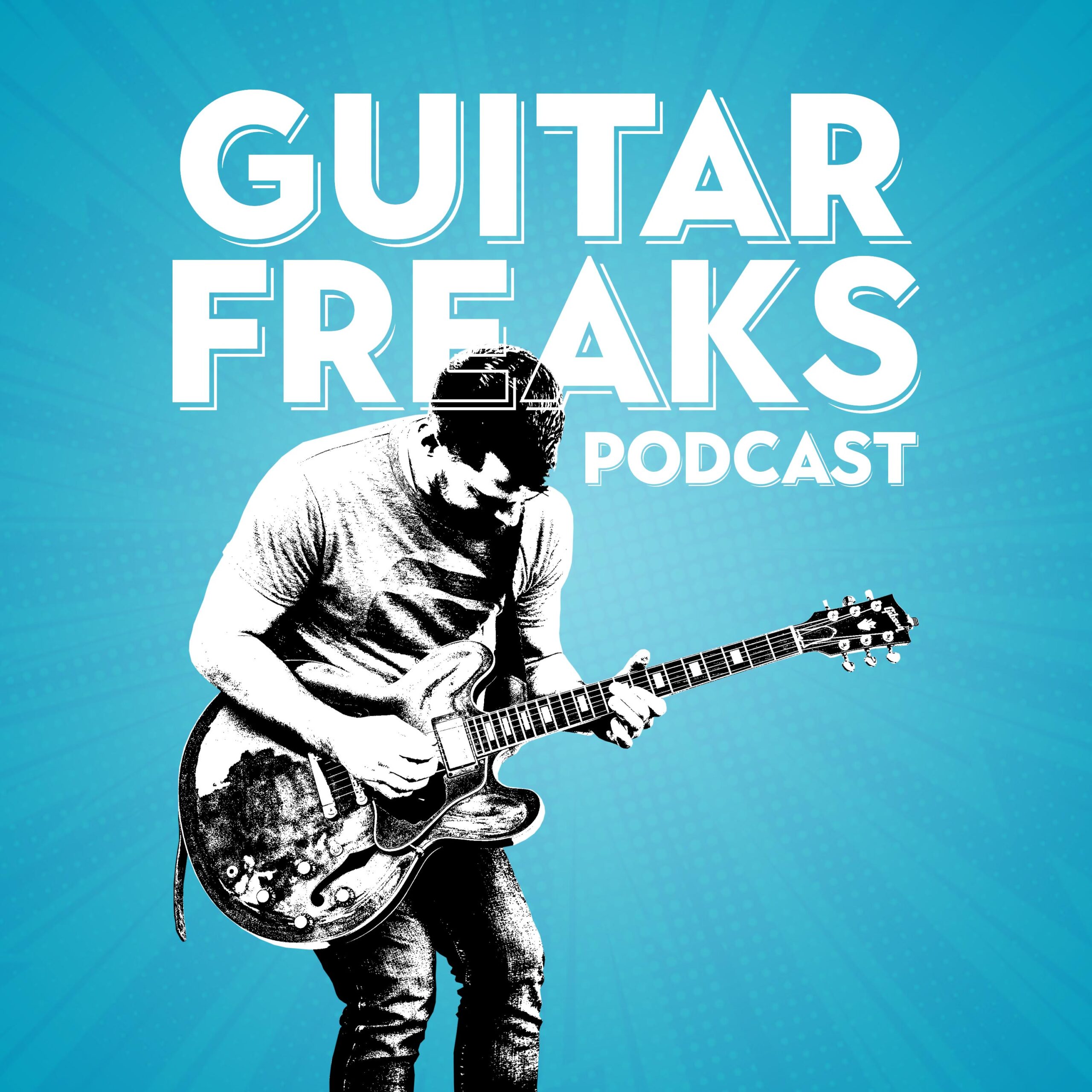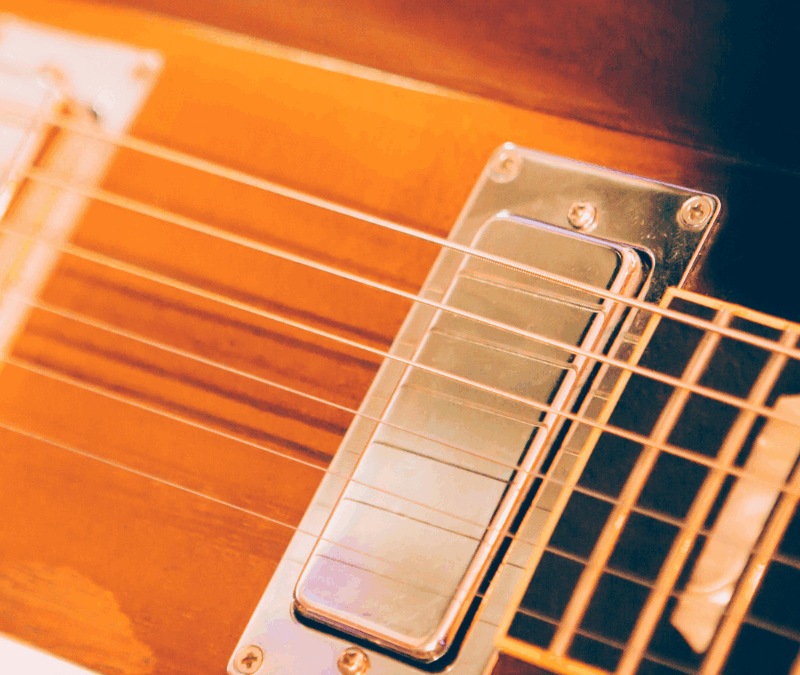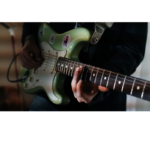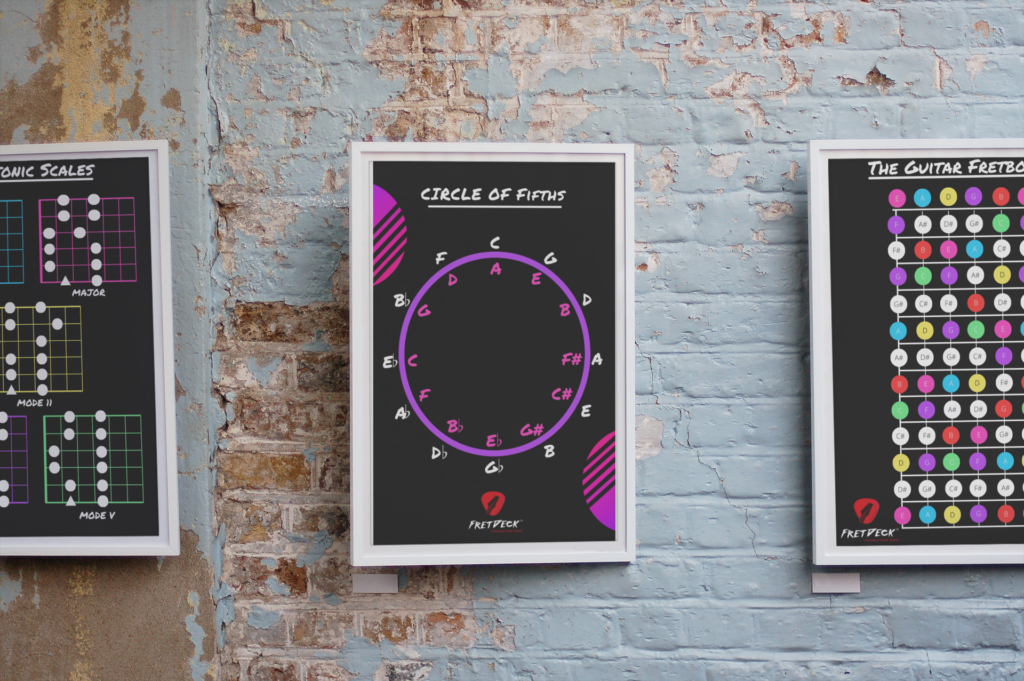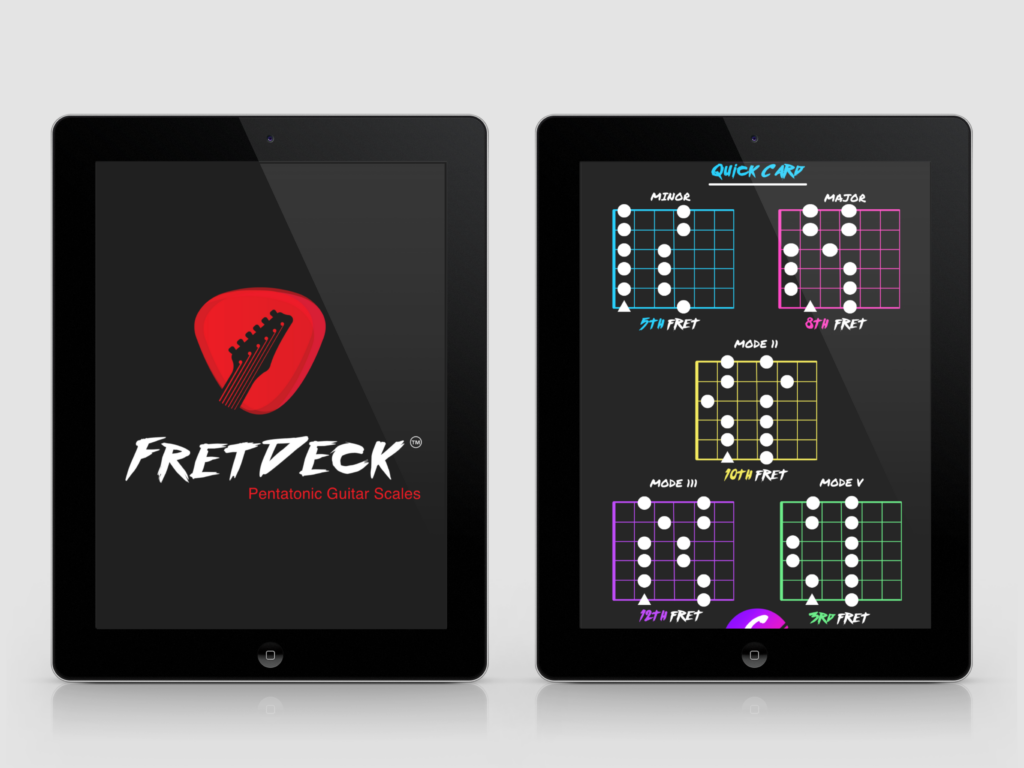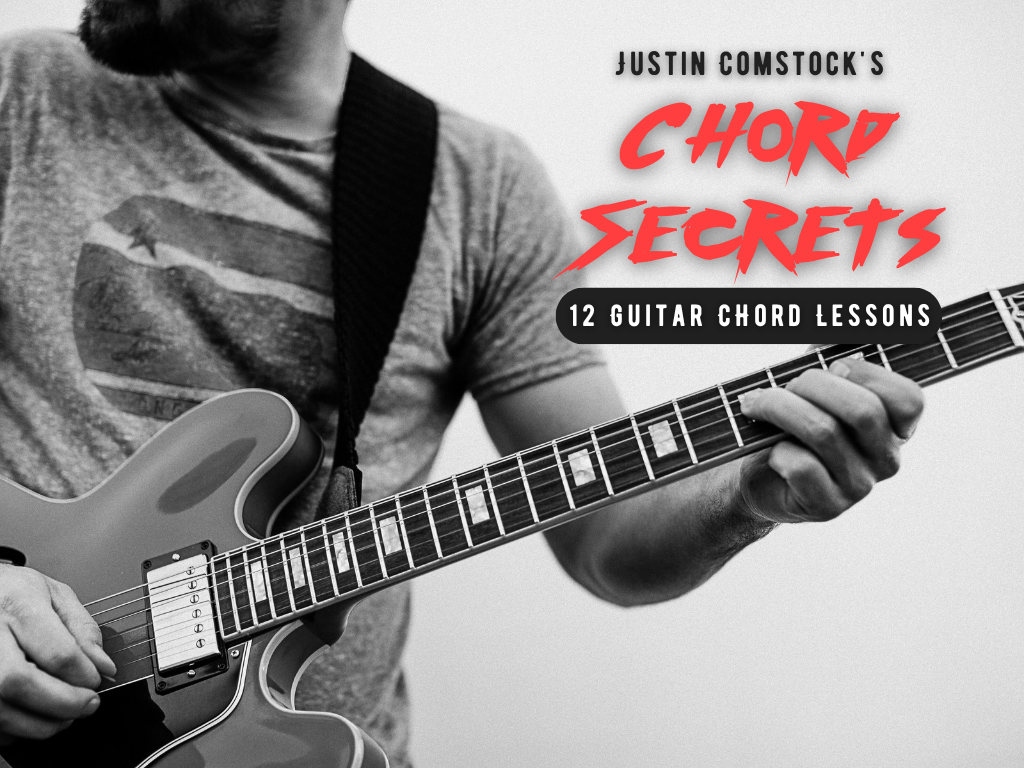If you’ve ever stared at your guitar neck and thought, “How do people remember all these chords?” you’re not alone. Every guitarist hits that wall. The fretboard looks like a maze of dots and lines, and most beginners stick to a few open chords because the idea of moving beyond them feels overwhelming.
But here’s the thing: guitar chord charts are your map. They take the mystery out of the neck and show you exactly where your fingers belong. Used the right way, chord charts are more than just diagrams – they’re keys that unlock fretboard mastery.
In this post, we’re going to dig into chord charts like Adam Levy would unpack a musical idea – practical, creative, and immediately useful. And then we’ll add a Dan Kennedy twist – showing you how to leverage these tools with the right resources (hint: FretDeck and our Guitar Freaks Hangout Discord) to get results faster than you thought possible.

❌ Stop Guessing. Start Shredding.
If you’re still fumbling through scale patterns and box shapes… it’s costing you progress.
FretDeck™ is the no-fluff system that shows you exactly how to master the fretboard—fast. Early access.
⚡️ This isn’t for dabblers. It’s for players who want results.
👉 Click here to join the pre-launch now
Early access. Limited rewards. Don’t wait.
Why Guitar Chord Charts Matter
Chord charts do three things brilliantly:
- They give you visual anchors. A chord chart is like a snapshot of where your fingers need to be. For visual learners, this makes everything easier.
- They connect theory to practice. Every chart is a lesson in harmony hiding in plain sight. You’re not just putting fingers down – you’re building major, minor, seventh, and extended sounds.
- They make the fretboard less intimidating. With a chart in front of you, the endless possibilities of the neck shrink down into a single shape you can actually play.
But here’s the kicker: most guitarists stop at memorizing a handful of shapes. The real magic comes when you learn to move those shapes, re-voice them, and use them as a foundation for creativity.
The Basics: How to Read a Guitar Chord Chart
A chord chart is like reading a map. Let’s break it down:
- Vertical lines = the strings (low E on the left, high E on the right).
- Horizontal lines = the frets.
- Dots = where your fingers go.
- Numbers below the dots = which finger to use.
- X or O at the top = mute the string (X) or play it open (O).
For example, the chart for an open C major chord looks like this:
E A D G B e
x 3 2 0 1 0Simple enough, right? The real challenge is turning these still images into fluid movements on the guitar.
From Chart to Chord Family
Here’s where Adam Levy-style thinking comes in. Don’t just play the chart. Ask:
- What’s the root note?
- Where else can I find that same shape higher up the neck?
- How does this chord connect to the next one in a progression?
Take the open C chord. Its root is on the 5th string (3rd fret). Now slide that shape up two frets, and you’ve got a D chord (though you may need to adjust for open strings). Slide further, and the chord evolves into new voicings – the chart is just the first step.
Unlocking the Neck with Chord Charts
Think of chord charts as starting points, not destinations. Here are three ways to level up your chord chart practice:
1. Map with the Circle of 4ths
Pick a chord – say C major. Play it, then move to F, then Bb, and keep going around the circle of 4ths. Each time, use a chord chart to anchor your voicing. This doesn’t just help you learn chords – it teaches you musical relationships.
2. Intervals Within Chords
Look at a chart and ask yourself: what intervals are stacked here? A C major chord is root, major third, perfect fifth. Knowing that lets you build variations: sus2, sus4, add9 – all by shifting one finger.
3. Chord Families
Every chart belongs to a family. Major chords have relatives: minors, sevenths, diminished. Learn one shape, and you’ve got the DNA for dozens more.
Guitar Chord Charts for Beginners
If you’re new to guitar, here are the essential open chord charts you should know first:
- C Major
- A Minor
- G Major
- E Minor
- D Major
These five chords unlock hundreds of songs. Once you can switch between them fluidly, you’re ready to expand.
Beyond Open Chords: Barre Chords and Movable Shapes
Barre chords are where most players get stuck. They require finger strength and accuracy, but chord charts make them digestible. Take the E major shape, move it up the neck with your index finger as the “barre,” and suddenly you can play any major chord.
Example:
- E major shape + 1st fret barre = F major
- E major shape + 3rd fret barre = G major
- E major shape + 5th fret barre = A major
Once you unlock barre chords, guitar chord charts explode with possibilities. You’re no longer chained to the first three frets.
Creative Practice Ideas with Guitar Chord Charts
Here are a few Adam-Levy-inspired prompts:
- Voice a chord three ways. Take a C major. Play it as open, as a barre, and as a triad on the top three strings.
- Chord substitution game. Grab a chart for a major chord and swap it for its relative minor in a song.
- Intervals inside chords. Pluck the 1st and 3rd string of your chord – hear that interval? Now try a different chord and compare.
Why You Need More Than Charts
Here’s the blunt truth (and Dan Kennedy would approve): chord charts alone won’t make you a great guitarist. They’re tools – like wrenches in a toolbox. But tools don’t build the house; you do.
That’s why I created FretDeck. It takes the logic of chord charts and scale patterns and turns them into a card system you can practice anytime, anywhere. No more random strumming – this is structured, strategic, and fun.
And then there’s our Discord community, Guitar Freaks Hangout. Think of it as your rehearsal room. Share progress, ask questions, and trade licks with other players. You don’t just learn chords – you learn how to use them in real music.
Why Guitar Chord Charts Are Essential
Whether you’re a beginner picking up your first acoustic or a seasoned player chasing new voicings, guitar chord charts are non-negotiable. They:
- Teach you the building blocks of harmony.
- Connect your ear to your fingers.
- Make complex theory visible and playable.
But don’t stop at the ink on the page. Use charts as a springboard for creativity. Map the fretboard, explore intervals, and play with substitutions. That’s how you go from memorizing shapes to making music.
Final Call to Action
If you’re serious about mastering the fretboard, don’t settle for being “okay” at chords. Grab a FretDeck and take control of your practice. And while you’re at it, join our Guitar Freaks Hangout Discord – it’s where the real breakthroughs happen.
🎸 Your fretboard mastery starts today. Don’t wait.
Internal Link: Download Free Guitar Charts at GuitarFreaksBlog
Outbound Link: Learn More About the Circle of 4ths
If you’ve ever stared at your guitar neck and thought, “How do people remember all these chords?” you’re not alone. Every guitarist hits that wall. The fretboard looks like a maze of dots and lines, and most beginners stick to a few open chords because the idea of moving beyond them feels overwhelming.
But here’s the thing: guitar chord charts are your map. They take the mystery out of the neck and show you exactly where your fingers belong. Used the right way, chord charts are more than just diagrams – they’re keys that unlock fretboard mastery.
In this post, we’re going to dig into chord charts like Adam Levy would unpack a musical idea – practical, creative, and immediately useful. And then we’ll add a Dan Kennedy twist – showing you how to leverage these tools with the right resources (hint: FretDeck and our Discord community) to get results faster than you thought possible.
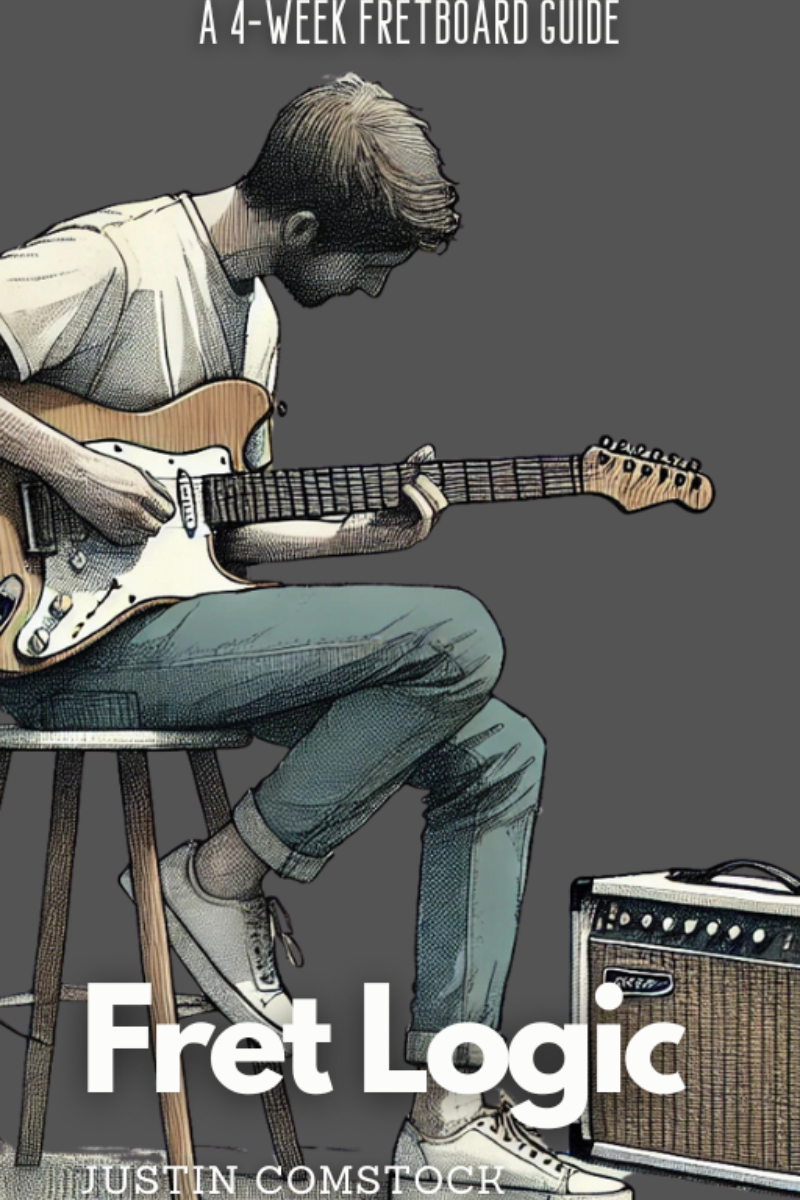
Join Guitar Freaks Hangout on Discord! 🎸
Get Fret Logic FREE!
Join the Guitar Freaks Hangout Discord and get exclusive access to my entire e-book, Fret Logic! Master the fretboard and elevate your solos with this comprehensive guide.
👉 Don’t miss out—join now and download your free copy!
